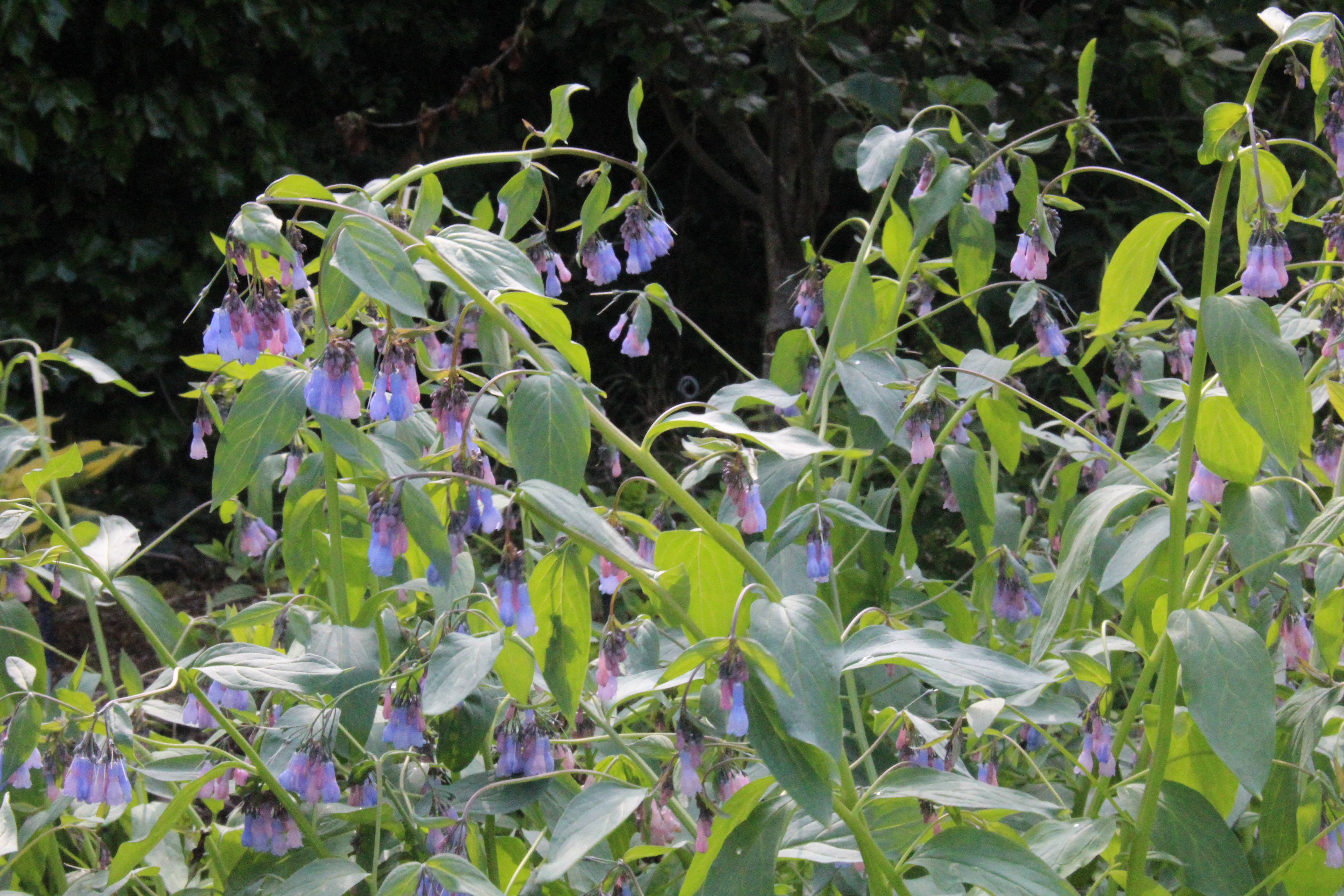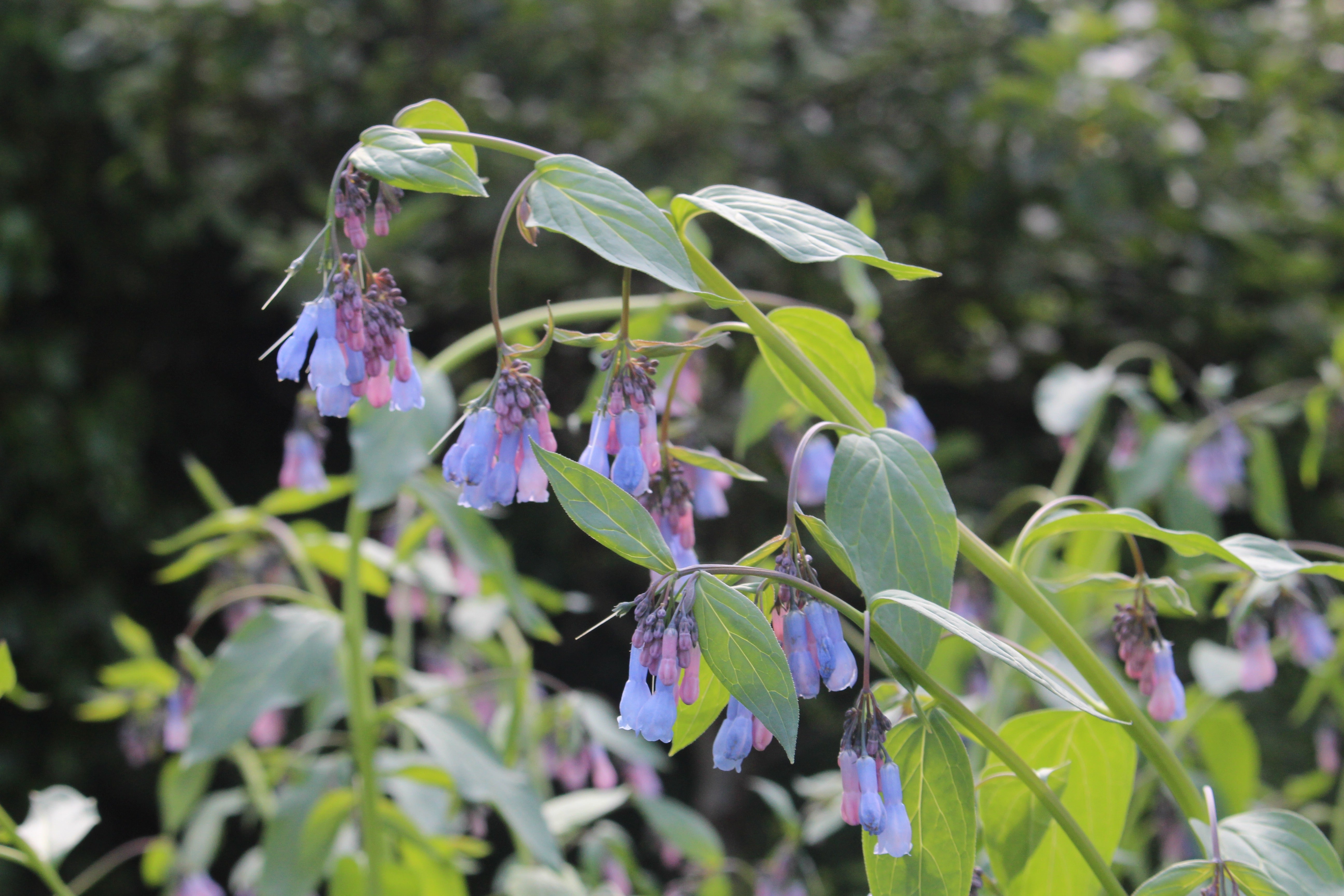Symphytum officinale blue-flowered
Approx. 0.5 litre pot
About this cultivar:
Symphytum officinale blue-flowered is the blue flowering form of Symphytum officinale.
Symphytum officinale is primarily grown today as an ornamental for its attractive foliage and flowers. Tubular, bluebell-like, white to pink to purple (but in this case blue) flowers appear in drooping clusters in mid-spring to early summer. Commonly called comfrey it has been cultivated since 400 B. C. as a healing herb for treating a variety of external inflammations, rashes, swellings, cuts, bruises, sprains or broken bones. The specific epithet means sold in shops and was often applied to plants with supposed medicinal properties!
For now just look at its beauty and let is soothe your soul…
- Position: Full sun, partial shade
- Soil: Almost any soil, grows well in Ballyrobert
- Flowers: June, July
- Other features: Grows well in Ballyrobert
- Hardiness: H7 - Hardy in the severest European continental climates (< -20°C), Fully hardy, grows well in Ballyrobert
- Habit: Clump forming
- Foliage: Deciduous
- Height: 75 - 105 cm (2.5 - 3.5 ft)
- Spread: 60 - 90 cm (2 - 3 ft)
- Time to full growth: 2 to 5 years
- Plant type: Herbaceous Perennial
- Colour: Green, purple
- Goes well with: --
About this genus:
Symphytum (sim-fit-um) is a genus in the forget-me-not family (Boraginaceae ). Its species are known by the common name comfrey. Up to 35 species of Symphytum are native to damp ditches and shady woodlands in Europe, the Caucasus, North Africa and Siberia
The gossamer hairs on the Symphytum leaf and stem catch the dew as effectively as any spider's web and the flowers, loved by bees, often come in combinations of blue and pink. This apothecary's plant was grown for the healing qualities of its roots, which would be ground up and applied to broken bones or wounds - hecne the common names of knitbone, boneset and bruiseweed . Symphytum, from the Greek symphyo, and comfrey, from the Latin verb confervere, both mean "to grow together" (or unite or heal).
The sticky properties associated with comfrey roots led Henry Doubleday (1813-1902) to import plants from Russia in an attempt to make a new glue for postage stamps. When business slumped, he continued to experiment with comfrey as a forage plant at Coggeshall in Essex. He recorded his findings in The Gardener's Chronicle. More than 70 years later in 1954, Laurence Hills reread Doubleday's articles, traced his family, and rescued 30 varieties of comfrey. Hills founded the Henry Doubleday Research Station (the HDRA) and set about educating organic gardeners in the potassium-rich benefits of comfrey leaves. Doubleday was drawn to comfrey because of its ability to stay in leaf for 10 months of the year - only becoming dormant in December and January.
Symphytum are tough and will grow almost anywhere; hence they have problem-pant/ground-cover/shade-plant reputation; but in this part of the world shade translates quite often as 'full-sun'. But be careful, if you let them take over they can be a pain to remove! A nice idea it to put them beside a path, pond or border edge - this can limit any potential unwanted spreading.




